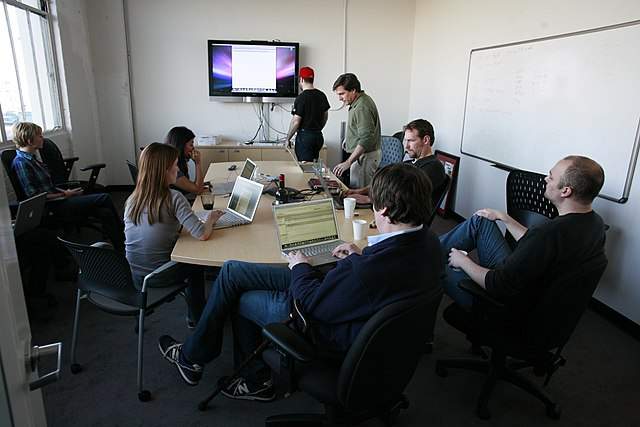The workplace landscape has undergone a seismic shift in recent years, with remote and hybrid workforces becoming the new normal. As organizations adapt to this change, technology tools and trends are playing a pivotal role in enhancing productivity, collaboration, and the overall work experience. In this post, we’ll explore the latest advancements that are empowering remote and hybrid workforces, allowing them to thrive in this evolving work environment.
Collaboration Tools for Seamless Communication
Remote and hybrid work rely heavily on effective communication tools. Video conferencing platforms like Zoom, Microsoft Teams, and Google Meet have evolved to provide not only high-quality video and audio but also integrations with other essential applications. These tools facilitate real-time collaboration, virtual meetings, and instant messaging, making it easier for teams to stay connected regardless of their physical location.
Cloud-Based Productivity Suites
Cloud-based productivity suites such as Microsoft 365 and Google Workspace have revolutionized the way we work. These platforms offer a seamless blend of document creation, collaboration, and storage, enabling remote and hybrid teams to work on projects together in real-time. The cloud storage feature ensures that all files are accessible from anywhere, fostering flexibility and remote productivity.
AI-Powered Task Automation
Automation is a game-changer for remote and hybrid teams. AI-powered tools like Zapier, Integromat, and Microsoft Power Automate allow employees to automate repetitive tasks, freeing up time for more strategic and creative work. From email sorting to data entry, automation tools reduce manual labor and increase efficiency.
Enhanced Cybersecurity Measures
With sensitive data being accessed from various locations, cybersecurity is paramount. Organizations are adopting advanced cybersecurity tools and practices, including multi-factor authentication (MFA), endpoint security, and secure VPNs, to protect their data and maintain compliance. Technologies like Zero Trust security models are gaining traction, ensuring secure access regardless of the user’s location.
Virtual Reality (VR) and Augmented Reality (AR)
VR and AR are no longer confined to gaming and entertainment; they are making their mark in remote work scenarios. Companies are using VR for virtual meetings and training sessions, creating immersive experiences that transcend physical barriers. AR, on the other hand, aids remote technicians in troubleshooting by overlaying digital information onto real-world objects, improving efficiency and reducing errors.
Mental Health and Wellness Tools
The mental well-being of remote and hybrid employees is a growing concern. Employers are investing in mental health and wellness tools like meditation apps, virtual therapy sessions, and stress management platforms to support their staff. These tools help maintain a healthy work-life balance and reduce burnout.
Data Analytics for Performance Insights
Understanding remote and hybrid workforce performance is crucial for management. Data analytics tools provide insights into employee productivity, engagement, and collaboration patterns. This data-driven approach enables organizations to make informed decisions and tailor their strategies to enhance productivity.
Desk and Room Scheduling Software
As organizations transition to remote and hybrid work models, managing physical office spaces efficiently becomes paramount. Desk and room scheduling software, like Robin and Skedda, offers a solution to this challenge. These platforms enable employees to reserve desks, meeting rooms, and common areas on a flexible basis, ensuring that office space is utilized effectively.
Key features of desk and room scheduling software include real-time availability updates, interactive floor plans, and integration with calendar apps. This technology not only optimizes office layouts but also enhances safety by allowing for social distancing measures and sanitation scheduling.
For hybrid teams, hot desking and conference room scheduling software provides a sense of structure and control when returning to the office. Employees can plan their in-office days, reducing overcrowding and maintaining a safe, productive work environment. Desk and room scheduling software exemplify how technology adapts to the changing nature of work, promoting a seamless blend of in-person and remote collaboration.
Technology is not just a tool but a driving force behind the success of remote and hybrid workforces. From collaboration tools to AI-powered automation, cybersecurity measures to immersive technologies like VR and AR, the latest trends and tools are enabling organizations to navigate these new work paradigms seamlessly. By staying ahead of the curve and adopting these innovations, companies can empower their teams to thrive in remote and hybrid work environments while ensuring productivity, connectivity, and overall well-being. Embracing these trends is not just a choice; it’s a necessity in the future of work.







